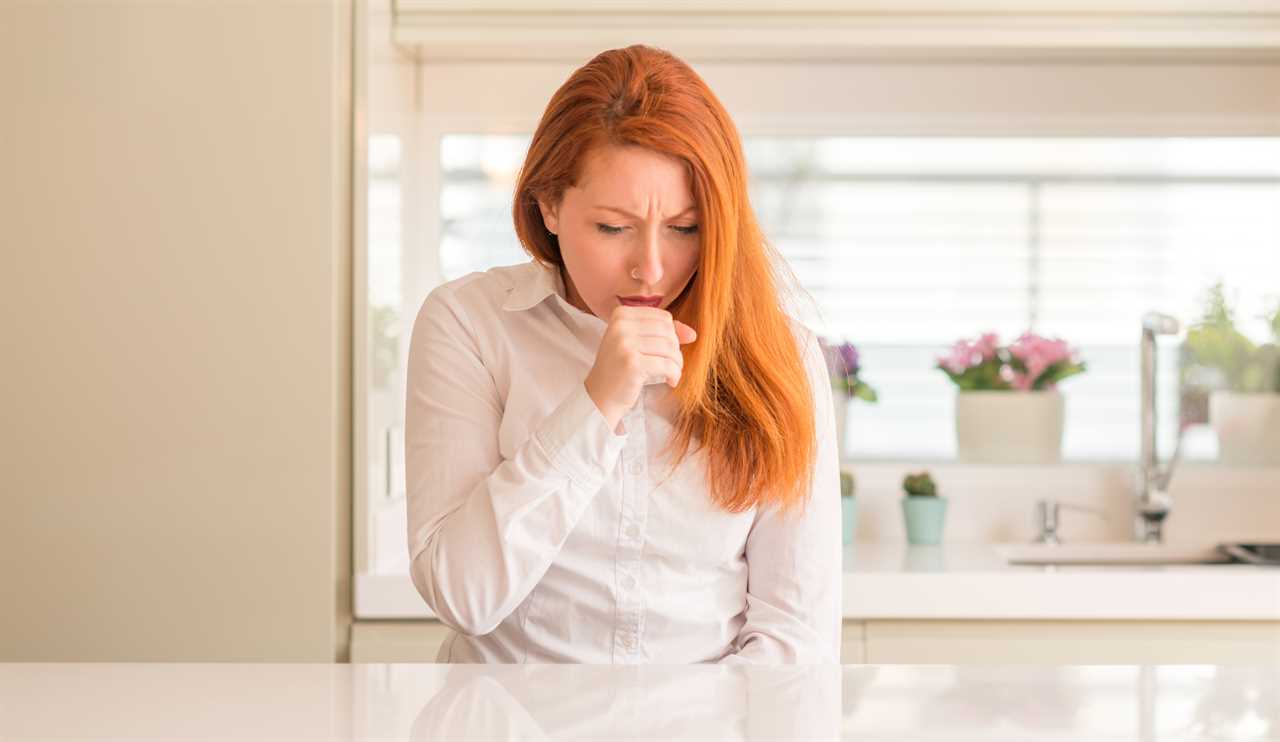OMICRON has been circulating in the UK for close to two months now and most people who have it say it feels like a cold-like illness.
The NHS states that the main Covid signs are a new persistent cough, a loss of taste and smell and a high temperate – but people who catch Omicron have suffered a wide range of symptoms.

Data from the Office for National Statistics (ONS) states that the most commonly reported symptoms have been a cough, fatigue and headache.
These vary from the three main symptoms of coronavirus set out by the NHS which have not changed since Covid reached our shores in March 2020.
It’s important that if you think you have Covid you get a test and follow isolation guidelines, which state you need to isolate for five days.
While Covid won’t be a mild illness for everyone, most people who have had the variant say it’s ‘just like a cold’.
A string of hugely positive studies show Omicron is milder than other strains in the vaccinated, with the first official UK report revealing the risk of hospitalisation is 50 to 70 per cent lower than with Delta.
Covid booster jabs protect against Omicron and offer the best chance to get through the pandemic, health officials have repeatedly said.
Trending In The News’s Jabs Army campaign is still helping get the vital extra vaccines in Brits’ arms.
But even if you are vaccinated, you can still catch Covid and experts say there are five symptoms you could be missing – as they could be mistaken for something else.

Follow our Covid live blog for all the latest updates
1. Fatigue
One expert said it can be hard to distinguish whether or not fatigue is down to Covid-19 as people can sometimes put it down to other lifestyle factors.
Studies have found that fatigue is present in 62 per cent of Covid cases.
Infectious disease expert Dr Sachin Nagrani said that fatigue is defined as extreme tiredness resulting from mental or physical exertion or illness.
“As an acute symptom, while new fatigue could be an early marker of a COVID-19 infection, the fatigue could easily be due to another cause.
“It’s also important to remember that many cases of Covid-19 have no symptoms at all, which is one reason it has continued to spread so easily”, he told Good Housekeeping.
2. Feeling sore
He explained that a constant feeling of fatigue could also leave you feeling sore.
Body aches and muscle soreness have also been reported as signs of Covid, as your body is constantly trying to fight a virus.






